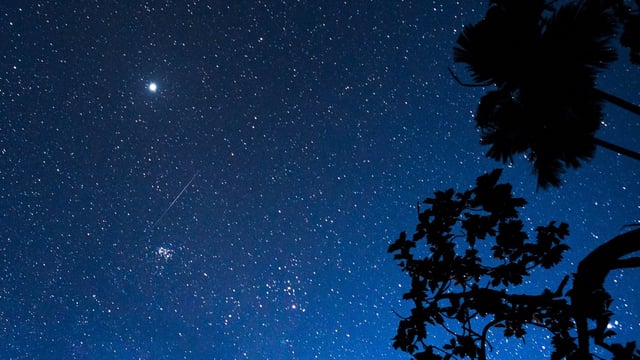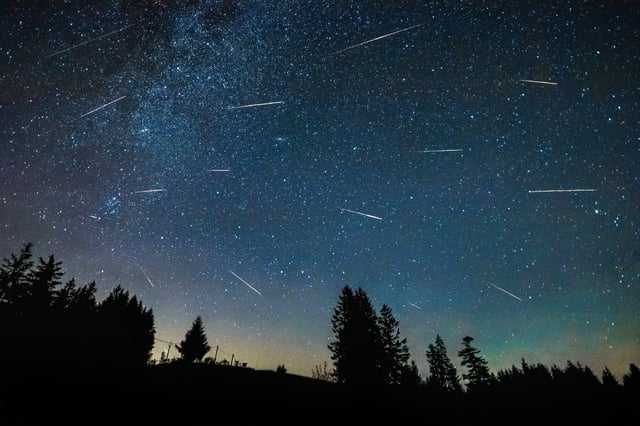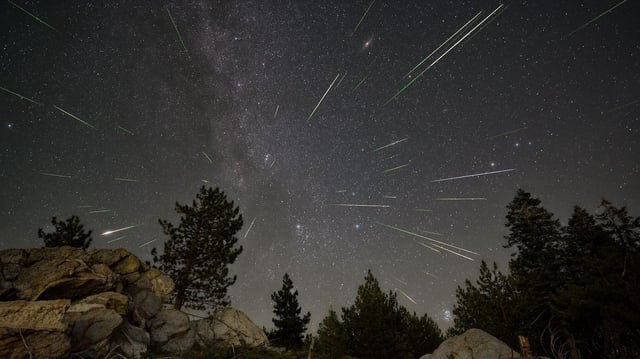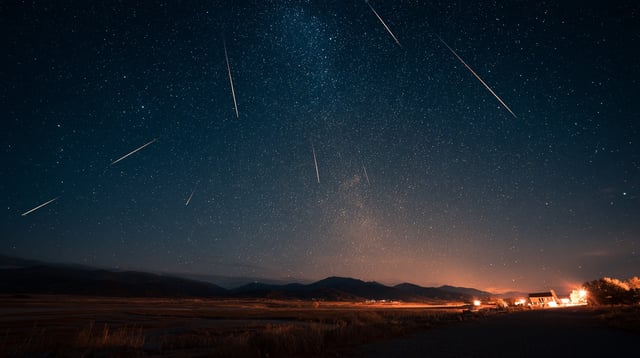Overview
- The Perseid meteor shower reaches its peak overnight on August 12–13, but an 84–86% illuminated waning gibbous moon is expected to suppress most faint meteors, leaving around 10–20 visible per hour.
- Prime viewing falls in two narrow windows—just after dusk before moonrise and between midnight and dawn, especially around 2–4 a.m. local time.
- Observers should head to rural or designated dark-sky locations, lie back to maximize the field of view, allow 20–30 minutes for dark adaptation and avoid telescopes or bright lights.
- Despite the lunar glare, the brightest Perseids and occasional fireballs are likely to stand out as vivid streaks against the night sky.
- For those unable to travel, livestreams from the Virtual Telescope Project and Global Meteor Network will broadcast the event, and visibility is expected to improve later in the month as the moon wanes.



